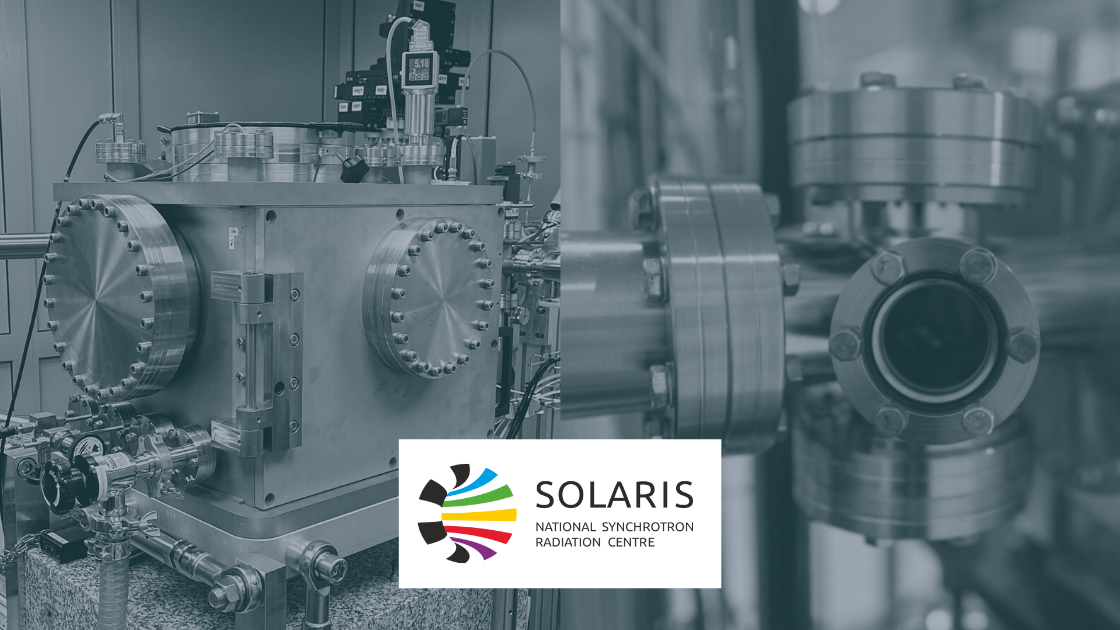New techniques available at SOLARIS synchrotron
From 2022, the Polish CERIC partner facility, the National Synchrotron Radiation Center SOLARIS, will provide access to two new research techniques. Access to the Scanning Transmission X-ray Microscope and X-ray Absorption Spectroscopy beamline optimised for measurements in the soft and tender energy range, will be possible in the next CERIC call for proposals.

Scanning transmission X-ray microscopy (STXM) is a method to obtain a microscopic image of the raster-scanned sample by detecting the transmission intensity of the focused X-rays. The STXM is one of the two end stations of the DEMETER beamline in NSRC SOLARIS. The operating principle of the STXM is scanning of the sample in the focus of the Fresnel zone plate, which for this device is the lens focusing X-rays. In the next step, the detector measures the intensity of the radiation passing through the sample and, on the basis of the intensity images recorded by the detector, it is possible to calculate the absorption X-ray radiation in a selected place of the tested system. The most important measurement mode in STXM is the so-called “image stack” – a series of images are collected as a function of photon energy to obtain a dataset with space (XY) and energy (E) dimensions. A local absorption spectrum can be obtained from the arbitrary region of interest at the image. It allows a detail chemical composition analysis of a measured sample. The source for the STXM end station is elliptically polarised undulator, which enables to cover the energy range from 100 to 2000 eV. The undulator allows measurements using linear, circular and elliptical polarisation. Detailed information about the STXM end station can be found here.
X-ray Absorption Spectroscopy beamline – SOLABS is a bending magnet beamline dedicated to X-ray absorption spectroscopy (XAS) in the energy range from 1 keV to 15 keV. The beamline was especially designed for XAS measurements in the tender X-ray range, i.e., at the K absorption edges of important elements such as P, S, Si, Al and Mg. Besides, the energy range also includes K-edges of heavier elements up to Se, L-edges of elements up to Bi and some M-edges of elements including U, which allows investigation of a variety of highly relevant materials. Due to this straightforward concept without any optical components such as lenses or mirrors, SOLABS can be quickly aligned and easily operated. At the beamline spectroscopic experiments in different measurement modes and with various sample environments are possible. XAS is a non-destructive, element-specific characterisation method that can be applied to both crystalline and amorphous materials, liquids and samples in the gas phase. Detailed information about the SOLABS beamline and the features of its end station can be found here.



